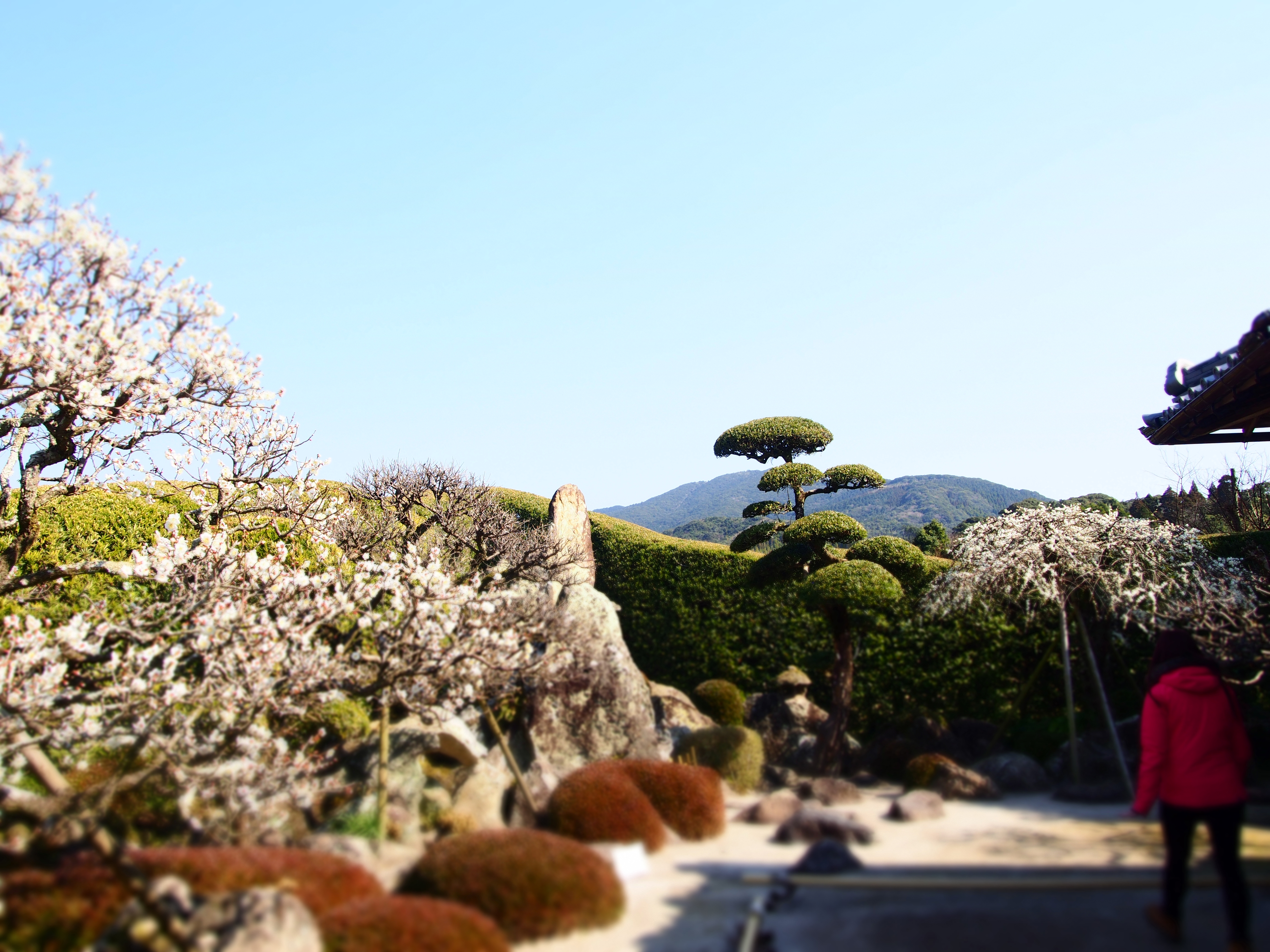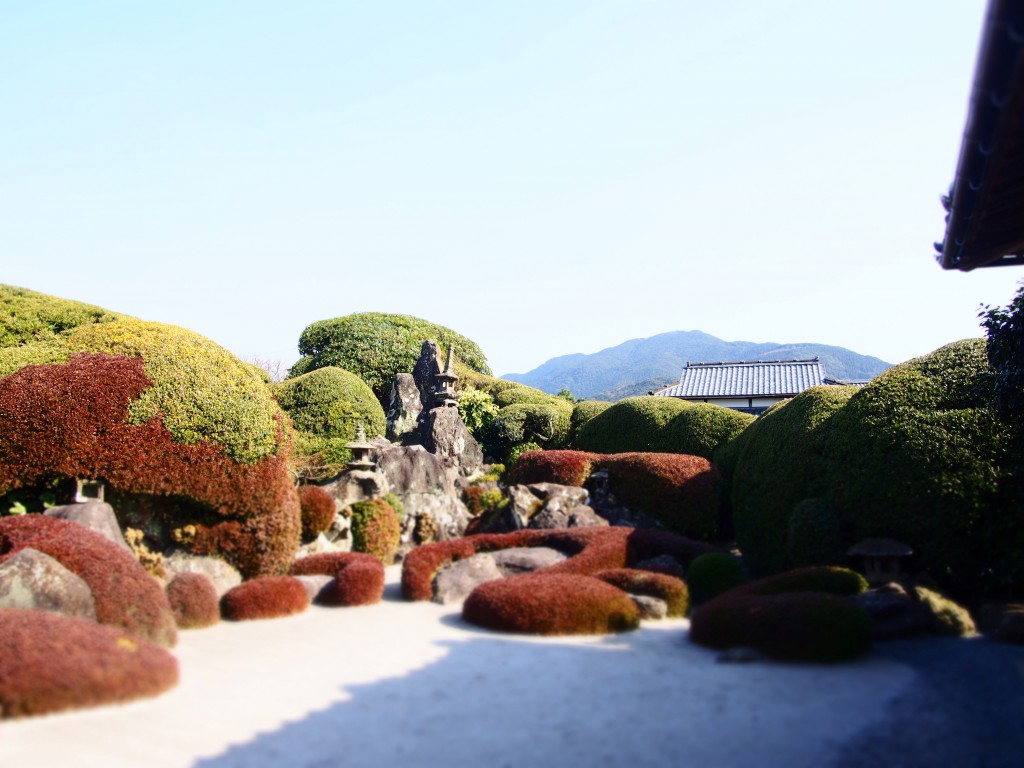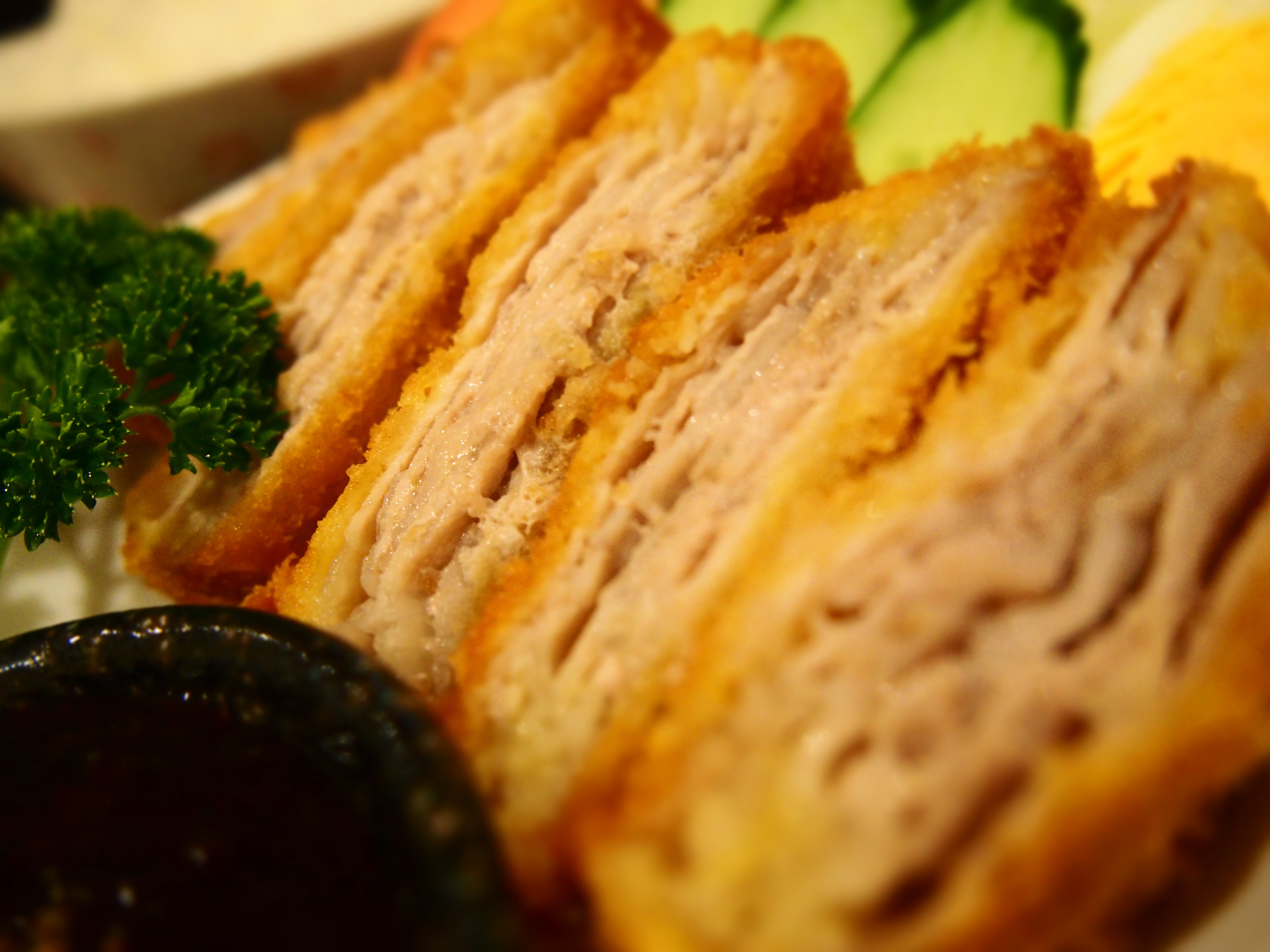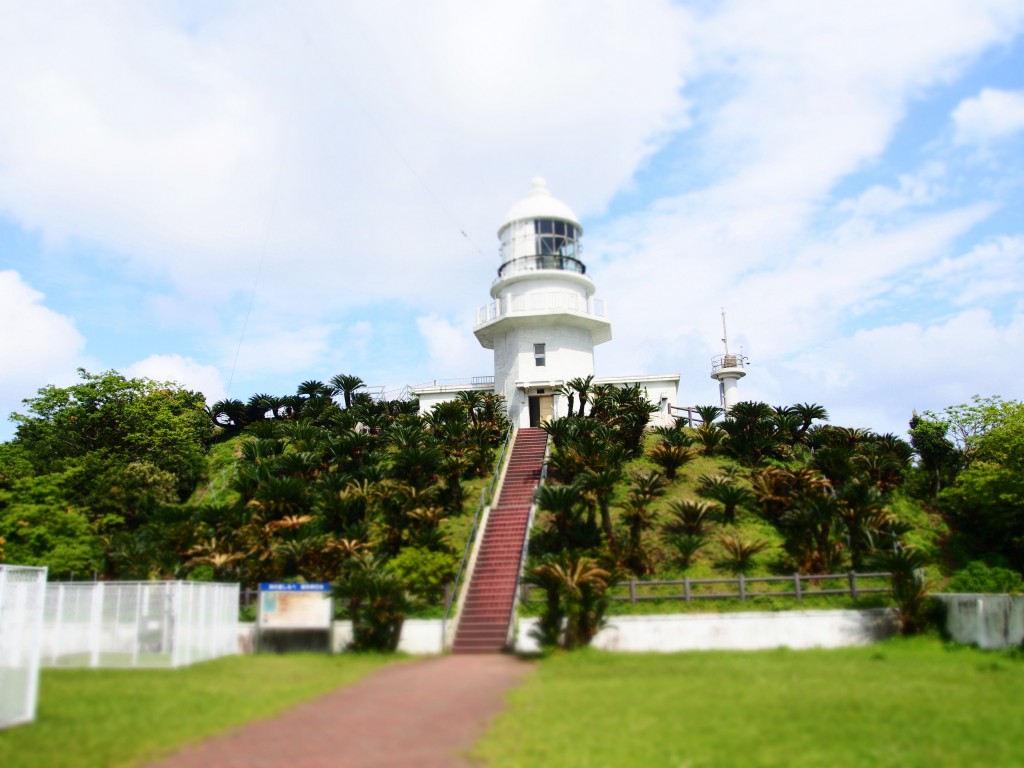You can feel the feudal atmosphere of traditional Japan in Chiran, or Satsuma Domain’s “Little Kyoto”. I visited the Chiran’s Samurai Residence the other day. I make introduction of this place to you. I hope this article will be helpful for your trip in Chiran!
CONTENTS
History of Chiran Samurai Residence
During the Edo period (1603-1868), Satsuma domain ruled its territory by dividing it into 113 districts. Samurai build their residence at each district. Chiran Samurai Residence is one of 113 districts. (Another famous Samurai residence is preserved at Izumi City).

You will feel as if you are transported back to the feudal age of Edo period and Samurai is walking from the opposite side. Samurai Residences have been preserved as they were 260 years ago. The residence area is designated as the National Important Preservation district of historic buildings in 1981.
Attractiveness of Chiran Samurai Residence
Each garden of the Samurai residence try to take the background mountains (ex. Omogadake 551m) into the parts of them to create beautiful contrast. Stones, hedges and stone walls are carefully allocated in consideration of the garden’s beauty. In terms of the structure of architecture, you can see the influence of southern island, since the port of Chiran once flourished thanks to the trade between Kagoshima and Ryukyu (old name of Okinawa Prefecture).
Introduction of Samurai Gardens
Tourist can visit 7 Samurai house. You cannot enter houses, but can enter and appreciate their gardens. I took the videos of gates and gardens of each house so that you can feel their atmosphere. I would be happy if my videos would be your help in considering your trip to Chiran Samurai Residence. I added my personal comments to each garden, but I hope you will visit the garden by yourself and think about what owners of intention to create the garden. 🙂
Saigo Keiichiro’s Garden
Piled stone at the corner of the garden represents steep. Winding hedge (yew plum pine) expresses the far beyond the steep mountains.
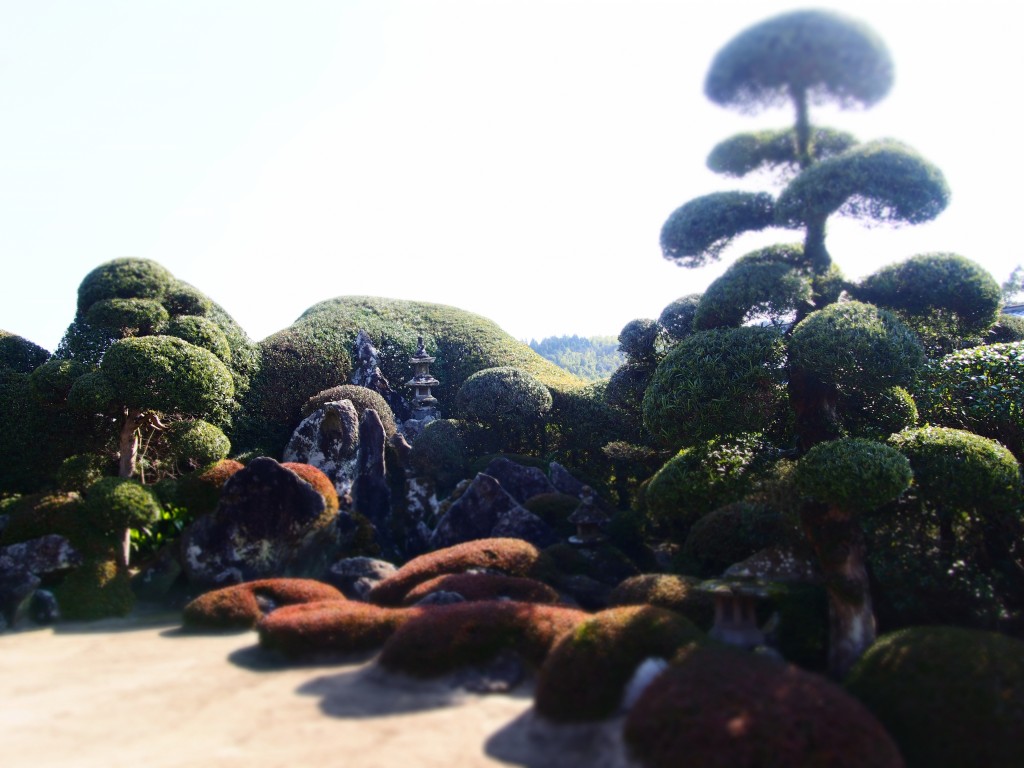
Another says, the piled stones are canes while trees (Satsuki alzalea) and stones on the ground are turtles on water. For your reference, cranes and turtles are considered to be good luck charms in Japan.
All Chiram samurai residences are common in one point. The road leading from the gate to the house is winding and you have to make several right or left turns until you reach the main building. This winding road plays an important role in case that enemy invade their house.
Hirayama Katsumi’s Garden
The garden perfectly take Mt. Omogatake into part of it.
Hedges express mountains surrounding Omogatake (552m). On the garden’s ground, stones express non-inhabitated islands on ocean and small hedges represent green continents. How romantic the garden is!
Hirayama Ryoichi’s Garden
Unlike other gardens, thare are no piled stones.
The beautiful scenery consists of Satsuki alzalea trees at front, hedge mountains and Mt.Omogatake in the distance.
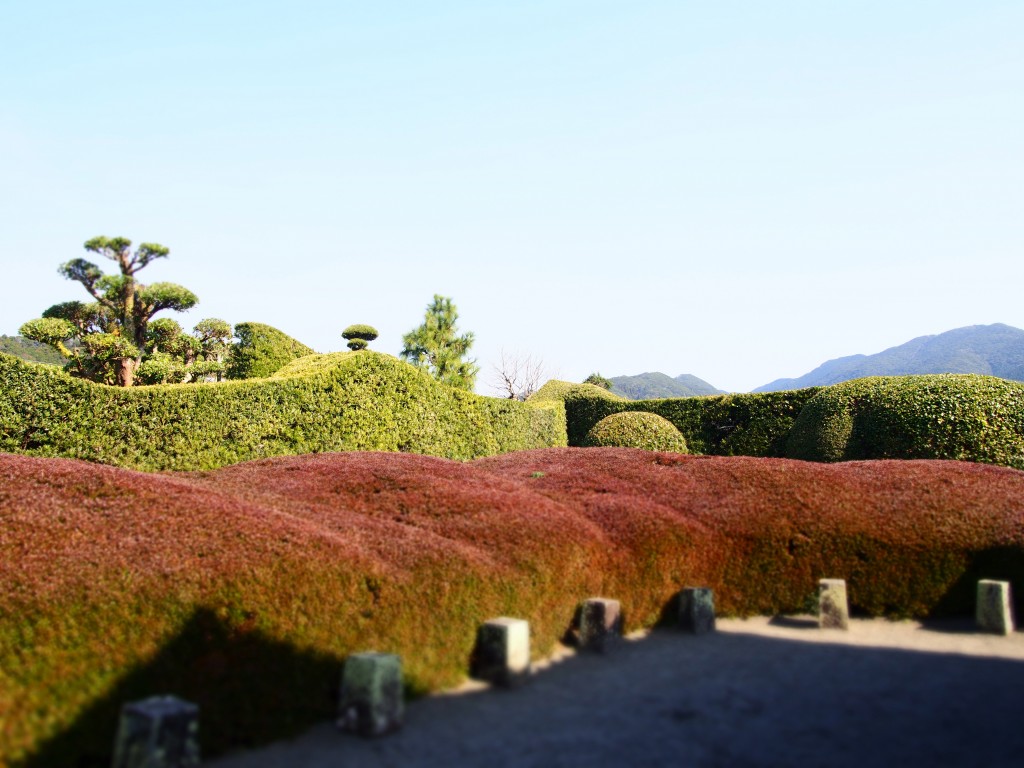
I imagine that the garden is especially beautiful when Satsuki trees are in full-bloom.
Sata Mifune’s Garden
3 out of 7 gardens are succeeded by Sata families from generation to generation. Sata is an originally branch family of Shimadzu, and ruled the area of Chiran Samurai Residences.
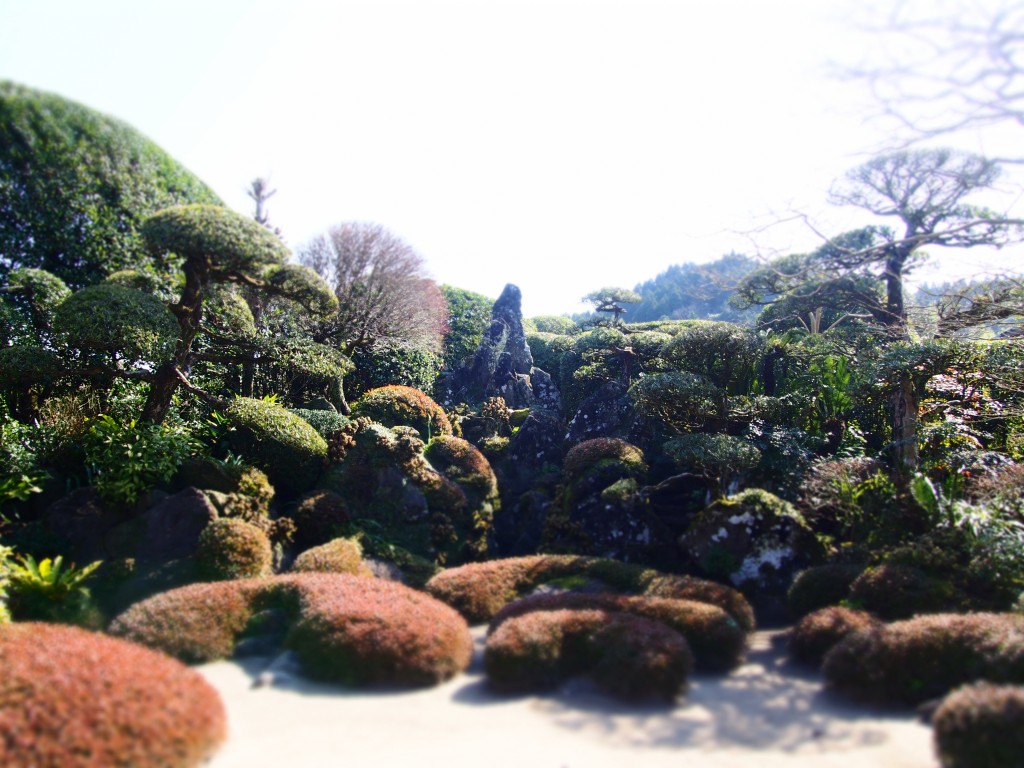
This garden is the widest and the most gougeous in Chiran Samura Resicence. The waterfall and its qucik flow of water are expressed without using any real water
Sat Tamiko’s Garden
Unique shape stones and changing scenery characterize the garden.

I was lucky to happen to hear the introduction of the tourist guide.
Deep valley is created as if a Buddhist monk lives in there.Round stone at front expresses Mt. Kaimon (Satsuma Domain Mt. Fuji) in Ibusuki City.
Volcano ash of Mt. Sakurajima covers grounds of Chiran Samurai Residence so that rain water leaves garden smoothly. How intelligent Chiran people are!
Sata Tadanao’s Garden
I was lucky to see Japanese plum tree in full bloom at the garden.
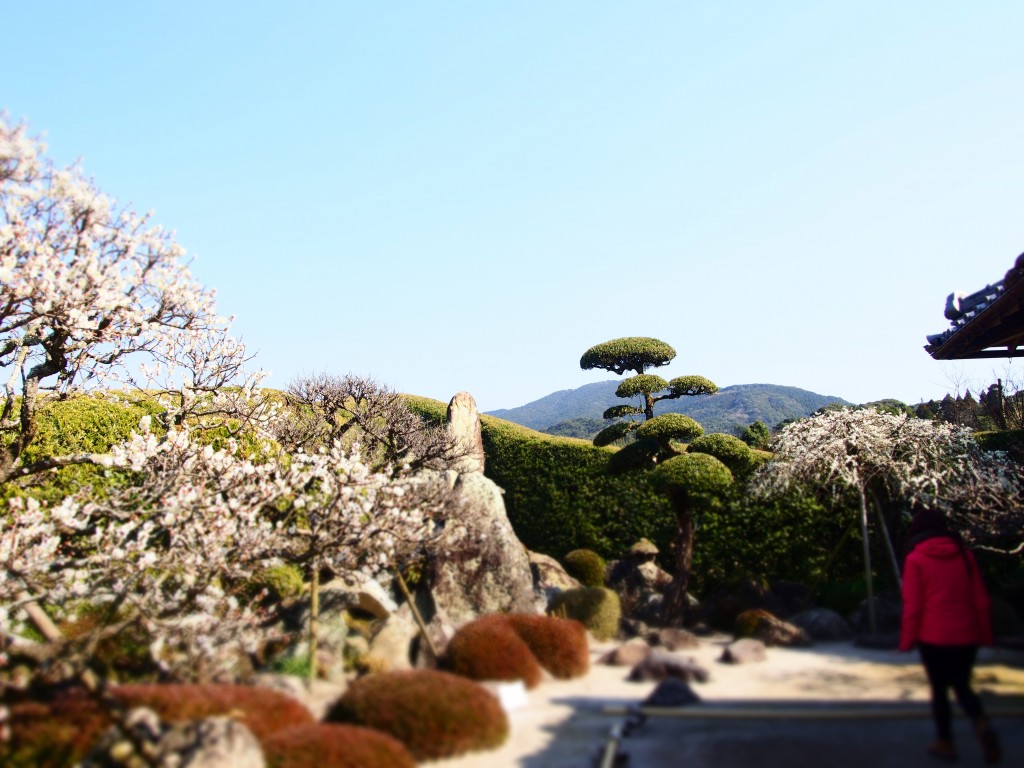
Once you enter the main gate, you will face the stone wall. The wall is called “Byobu” stone wall and is built for defense against invaders.
I think that the garden take Mt. Omogadake to its background very nicely. The scene looks as if India ink painting turns into reality.
Mori Shigemitsu’s Garden
Only this garden uses the real water, while other 6 gardens depicts landscapes using only sands and stones.

Winding coastlines of the lake and many unique shape stone express mountains and peninsulas. The residence and white storage building were built in 1741. The owner of the garden, Mori, has served for the ruler of the Chiran district as a senior statesman.
You can enjoy Chiran green tea for free at this residence.

Kagoshima Prefecture is proud of the 2nd largest production of green tea next to Shizuoka Prefecture. Chiran’s tea has won 1st prize consecutively.
Travel Tips
- Approximately 2 hours are required to see all 7 Samurai Residence Gardens. (I needed 3 hours including lunch time at La Chaumiere).
- Chiran Peace Museum (The Army Chiran Special Attack Unit Base) is only 5 minutes from Chiran Samurai Residence by car. Every time I visit the museum, I feel the preciousness of human lives. Please make a visit to the museum when you come to Chiran Samurai Residence Gardens.
Details of Chiran Samurai Residence Garden
- Open throughout year (1st January – 31st December)
- Open hour : 09:00~17:00
- TEL: 0993-58-7878(Chiran Samurai Residence Conservation Committee)
- Entrance Fee: Over 18 year old 500yen, Children 300yen(You can buy entrance tickets at several stores surrounding those residence area.)
- Parking lots: Several parking lots are available around the area. The parking fee varies in each parking lot. For example, I parked my car near Minami-Kyushu City Hall and paid 200 yen for the first 2 hours and 50 yen for subsequent 30 minutes. 2 – 3 hours are enough to see all 7 residences.
Access to Chiran Samurai Residence
- Car (from Kagoshima Airport) Kyushu Highway⇒Ibusuki Skyline⇒Get off at Chiran Inter Change (Total 75 minutes)
- Train & Bus (from Kagoshima Chuo Station) Take train at Kagoshima Chuo Station and get off at Hirakawa Station of Ibusuki-Makurazaki Line (about 40 minutes) and take the bus heading for Chiran (about 30 minutes).
- Car (Kagoshima Chuo Station) Take National Route 226 for south and take Prefecture Rout 23 (About 50 minutes)
Map
Little Kyoto in Kagoshima
Nearby Lunch Restaurant
I had a lunch at the small restaurant called “La Cheumiere”, which is located at the middle of Chiran Samurai Residence Gardens. The restaurant has the traditional appearance of the Japanese countryside house.
I had a really delicious French lunch here. The atmosphere is pleasant and you can make yourself at home. Why not visit the restaurant when you come to Chiran Samurai Residence Gardens?
